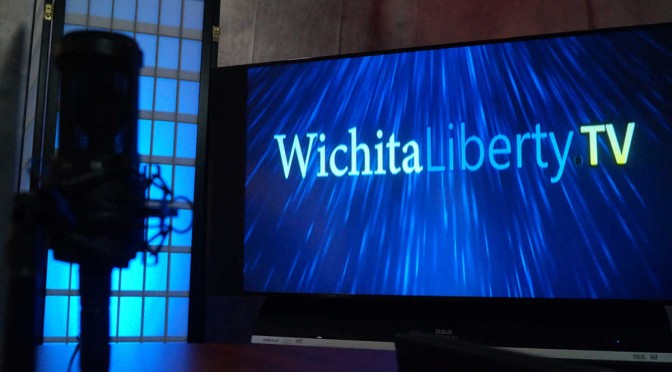Tag: Charter schools
-

Project Wichita survey
The Project Wichita survey is about to end. Will it have collected useful data?
-

Accountability in Kansas public schools
Critics of school choice say there is no accountability outside the traditional public schools. Here are the standards Kansas used to hold its schools accountable.
-

Year in Review: 2016
Here are highlights from Voice for Liberty for 2016. Was it a good year for the principles of individual liberty, limited government, economic freedom, and free markets in Wichita and Kansas?
-

Decoding the Kansas teachers union
Decoding and deconstructing communications from KNEA, the Kansas teachers union, lets us discover the true purpose of the union.
-

Decoding the Kansas teachers union
Explaining to Kansans what the teachers union really means in its public communications.
-

Trump and school choice
Could a President Trump bring more school choice to Kansas?
-

WichitaLiberty.TV: Wichita and Kansas economics, and government investment
Wichita sells a hotel, more subsidy for downtown, Kansas newspaper editorialists fall for a lobbyist’s tale, how Kansas can learn from Arizona schools, and government investment.
-

Kansas and Arizona schools
Arizona shows that Kansas is missing out on an opportunity to provide better education at lower cost.
-

School choice and funding
Opponents of school choice programs argue the programs harm traditional public schools, both financially and in their ability to serve their remaining students. Evidence does not support this position.